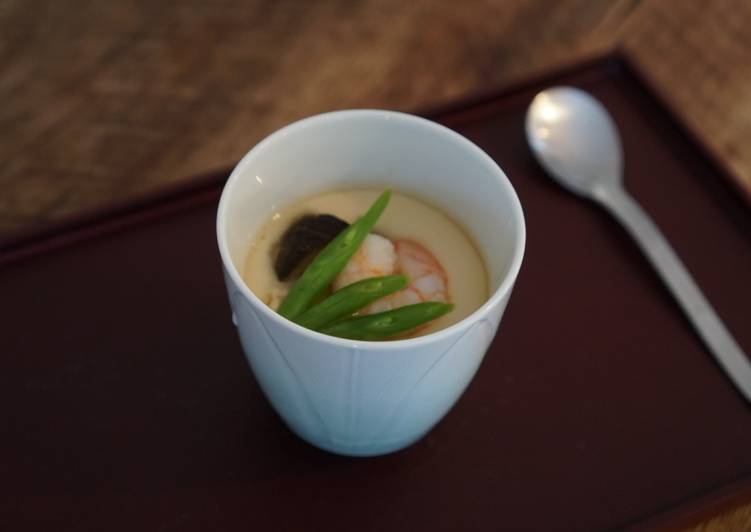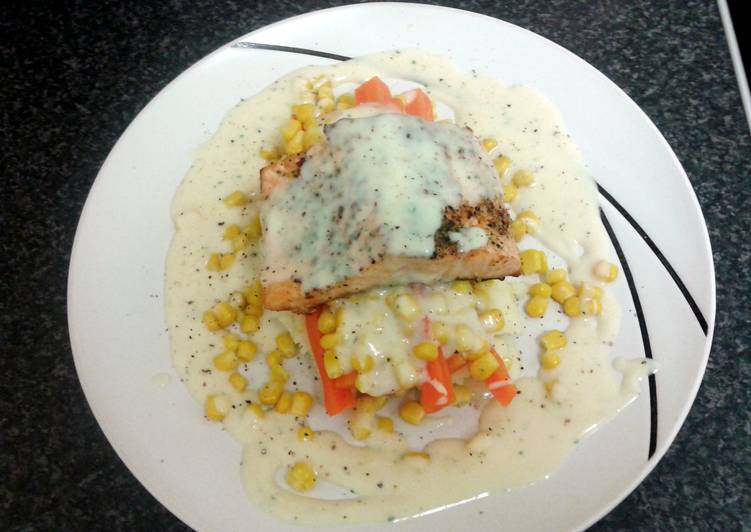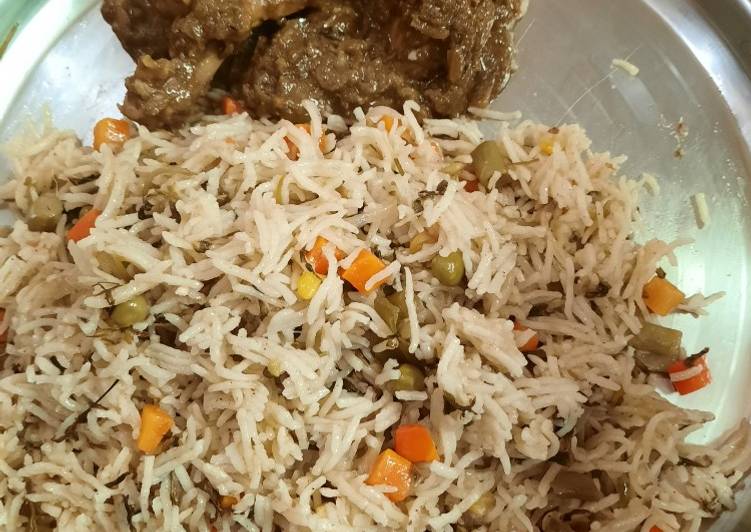
Hey everyone, it’s me again, Dan, welcome to our recipe site. Today, I will show you a way to prepare a distinctive dish, chawanmushi. It is one of my favorites. This time, I will make it a little bit tasty. This is gonna smell and look delicious.
Chawanmushi is a Japanese egg custard appetizer which consists of ginkgo nuts, shiitake mushrooms, kamaboko (Japanese fish cake), and an egg mixture flavored with dashi, soy sauce, and. Chawanmushi is a Japanese hot appetizer. Chawanmushi's flavor comes mainly from Dashi, soy sauce and mirin, and even though Chawanmushi is a savory dish, the texture is similar to egg flan. Chawanmushi (Savory Egg Custard/茶碗蒸し) is a delicate and savory Japanese appetizer that we are familiar with.
Chawanmushi is one of the most favored of recent trending meals on earth. It is appreciated by millions daily. It’s simple, it’s fast, it tastes yummy. They are fine and they look fantastic. Chawanmushi is something which I have loved my entire life.
To get started with this recipe, we have to prepare a few ingredients. You can have chawanmushi using 10 ingredients and 5 steps. Here is how you cook it.
The ingredients needed to make Chawanmushi:
- Prepare 4 prawn
- Prepare 2 manget tout
- Get 80 g chicken thigh fillet
- Make ready 2 dried shiitake mushroom (or fresh shimeji mushroom)
- Take 4 ginko nuts (precooked, optional)
- Make ready 1 egg
- Prepare 200 ml dashi broth
- Make ready 0.5 tsp soy sauce (light colored, if possible)*
- Prepare 0.5 tsp mirin*
- Take 1 pinch salt*
Chawanmushi is a delicate custard-soup, its name meaning steamed in a tea cup. Each portion of the dish is ideally served in a small, lidded cup, either as an appetizer or as a part of a bigger meal. Chawanmushi or steamed egg custard (茶碗蒸し) is a popular Japanese dish, one that is mostly From the name of this dish in Kanji 茶碗蒸, I believe chawanmushi is originally a Chinese dish, but. Chawanmushi is a traditional Japanese appetiser made from steamed savoury egg custard and full of fillings such as prawns, kamaboko steamed fish cake, shiitake mushrooms and spring onions.
Steps to make Chawanmushi:
- Soak dried mushrooms in 250ml water for 15 -20 minutes. Squeeze the mushroom and cut each in four pieces. Cut the chicken into dices.
- Prepare dashi broth in a pot with the water used to soak shiitake. Cook the chicken in the dashi for 3-4 minutes. It does not need to be fully cooked. Take the chicken out, blanche the mange tout in the dashi briefly and take out. Leave the dashi to cool
- Mix the egg in a bowl with soy sauce, mirin and salt. Pour the dashi in and gently run the mixture through a strainer.
- If you do not have Chawanmushi cups, use small teacups or custard cups. Place the chicken and half of the prawn, shiitake and ginko (optional) in each cup. Pour the mixture in gently to two third of the cups.
- Boil small amount of water in a shallow pot/pan, reduce to mid heat then place the cups in. Place a sheet of foil on the cups, place the lid and steam for 5 minutes. Open up briefly, place the remaining topping on and steam for another 3 minutes. Remove from heat and let it be for 5 minutes. Garnish with sliced manget tout before serving.
Chawanmushi or steamed egg custard (茶碗蒸し) is a popular Japanese dish, one that is mostly From the name of this dish in Kanji 茶碗蒸, I believe chawanmushi is originally a Chinese dish, but. Chawanmushi is a traditional Japanese appetiser made from steamed savoury egg custard and full of fillings such as prawns, kamaboko steamed fish cake, shiitake mushrooms and spring onions. Chawanmushi is the appetiser that often served in Kaiseki ryori. The egg is mixed with dash based savoury flavour then steamed with small ingredients. Chawanmushi is a popular Japanese side dish that I made immediately after I made the dashi Next, the egg:dashi ratio will determine how silky your chawanmushi will be.
So that’s going to wrap it up with this exceptional food chawanmushi recipe. Thank you very much for your time. I am confident you can make this at home. There’s gonna be more interesting food at home recipes coming up. Remember to save this page in your browser, and share it to your family, colleague and friends. Thanks again for reading. Go on get cooking!

